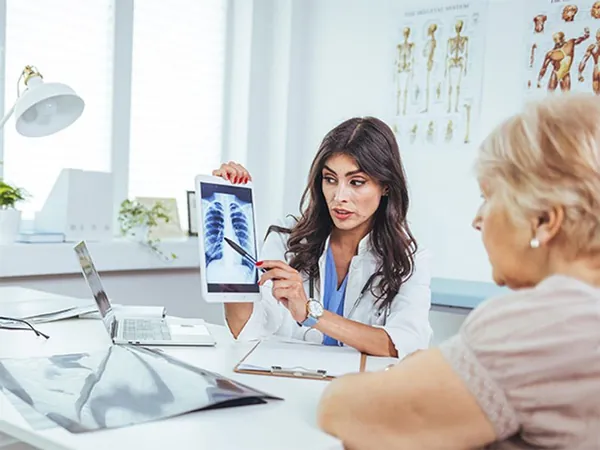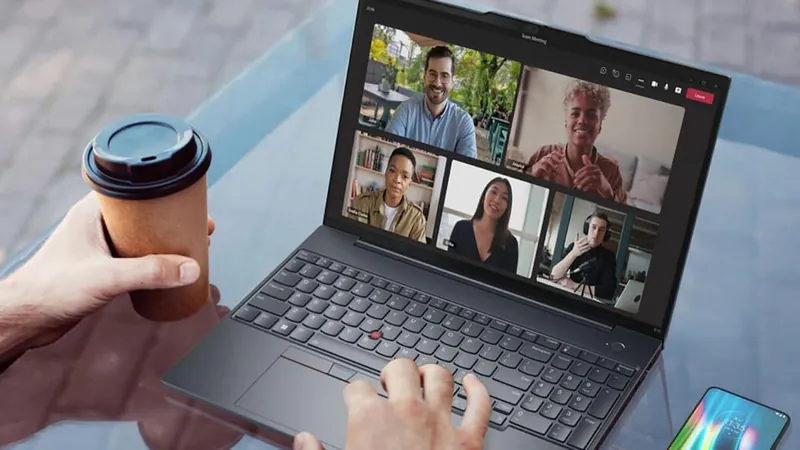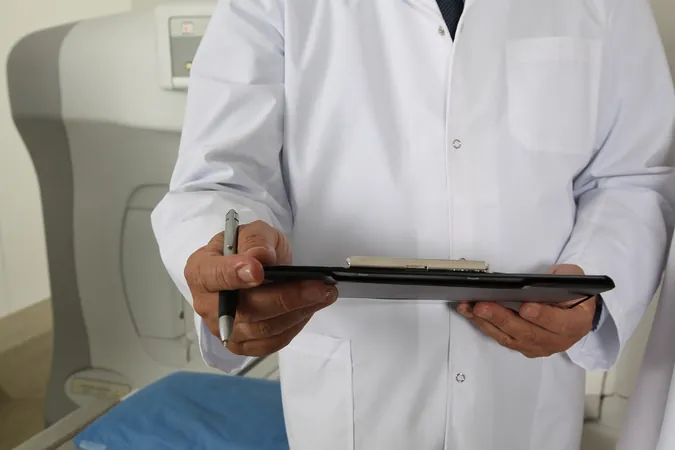
Revolutionary Wearable Device Transforms Heart and Lung Monitoring
2025-05-19
Author: Noah
A Game-Changer for Patient Care
In a groundbreaking development, researchers have unveiled a pioneering wearable device capable of continuously monitoring the heart and lungs of patients right from their hospital beds. This innovative technology is set to revolutionize the way medical professionals assess patient health, offering a game-changing alternative to traditional CT scans.
How It Works: The Technology Behind the Device
The device is sleek and belt-like, designed to comfortably encircle a patient's chest. Utilizing advanced ultrasound technology, similar to that of a CT scanner, it generates a series of dynamic, high-resolution images over time. This ongoing imaging provides doctors with a richer, more detailed understanding of a patient’s health status.
Development Details: A Team Effort
Created at the University of Bath in partnership with Polish tech firm Netrix, this groundbreaking device is detailed in a recent issue of IEEE Transactions on Instrumentation and Measurement.
Real-Time Monitoring: A Major Leap Forward
Equipped with a soft, conforming sensor array, the device rests gently on the chest and employs ultrasound computed tomography (USCT) to continuously track changes in lung and heart function. This leads to real-time updates that can span hours or even days, significantly improving patient care.
Benefits for Patients and Healthcare Systems
For patients suffering from conditions like heart failure or pneumonia, traditional imaging methods can be intrusive and demanding. This new device minimizes the need for frequent imaging procedures, enhancing comfort while also allowing for quicker detections of any health changes. With its non-invasive design, it reduces the need for patient transport and is poised to transform hospital care.
Future Innovations: AI and Remote Monitoring
Patient comfort is a top priority, as the device's flexible materials ensure it can be worn for extended periods. Its wireless capabilities also allow seamless integration with existing hospital monitoring systems. Future versions of the device may incorporate AI technology, providing clinicians with predictive insights that highlight potential health risks before they become critical.
A Broader Impact: Beyond Hospital Walls
This technology isn't just limited to hospitals; it holds immense potential for remote monitoring in home care, especially for elderly patients or those with chronic heart or lung diseases. By enabling early intervention, it could significantly reduce hospital admissions and alleviate the stress on healthcare systems.









 Brasil (PT)
Brasil (PT)
 Canada (EN)
Canada (EN)
 Chile (ES)
Chile (ES)
 Česko (CS)
Česko (CS)
 대한민국 (KO)
대한민국 (KO)
 España (ES)
España (ES)
 France (FR)
France (FR)
 Hong Kong (EN)
Hong Kong (EN)
 Italia (IT)
Italia (IT)
 日本 (JA)
日本 (JA)
 Magyarország (HU)
Magyarország (HU)
 Norge (NO)
Norge (NO)
 Polska (PL)
Polska (PL)
 Schweiz (DE)
Schweiz (DE)
 Singapore (EN)
Singapore (EN)
 Sverige (SV)
Sverige (SV)
 Suomi (FI)
Suomi (FI)
 Türkiye (TR)
Türkiye (TR)
 الإمارات العربية المتحدة (AR)
الإمارات العربية المتحدة (AR)